How to teach phonics to children and develop their phonemic awareness is a crucial element of any classroom. As teachers, we all know that a child’s phonemic awareness is highly linked to their success in beginning to read. However, the English language system is one of the hardest to teach and learn, and it’s no wonder why! There are 26 letters that create approximately 44 phonemes. These phonemes can be written in over 120 different letter combinations (graphemes). For example, the sound /f/ can be made using the letter combinations ‘ph’, ‘f’, ‘gh’ and ‘ff’.
Whether you use a whole school phonemic program or you have your own way of teaching phonics, here are a number of hints and tips that will ensure your classroom phonics program is the best it can be for your students.
How to get the Most out of your Phonics Program
Use Phonics Vocabulary with your Students
You may be a beginning teacher, or perhaps you are an experienced teacher. How do you teach a class of eager 7-year-olds about digraphs, trigraphs and diphthongs? Whether you’re in your 1st or your 20th year of teaching, it is crucial that you have a grasp of the phonics terms and a solid understanding of their definitions.
Use this terminology during your phonics lessons with your students. Display the words in your classroom so that it becomes part of the vocabulary used by you and your students during your lessons.
For more information about the different terms, read our blog “A Guide to the English Language System”.
Our set of 9 Phonics Vocabulary posters are the perfect display for your classroom.
Blending and Segmenting Words
Having the ability to segment and stretch out words can be super tricky for young minds to work out. Providing your students with some kinesthetic and visual learning opportunities so that they can make that connection between the phonemes is a fantastic way to build up your students’ phonemic awareness.
First of all, what is segmenting a word? It is the process of breaking a word apart into its individual sounds (phonemes). Often we use the word ‘stretch’ to give the visual representation that you are stretching out the sounds in words.
Here are some fun activities to use during small group work to help your students segment phonemes in words.
Phonics Bead Slides
When talking with your students about segmenting a word into its sounds (phonemes), providing them with some extra kinesthetic support can support all children. These kinaesthetic activities work in both small groups and as a whole class. For example, you may ask the students to segment the word ‘pin’. As they break up the sounds they move a bead for each sound, so ‘p-i-n’, they would move three beads across.
You may like to use this as a morning routine. Pick 10 words to get the students really consolidating how to segment words into phonemes.
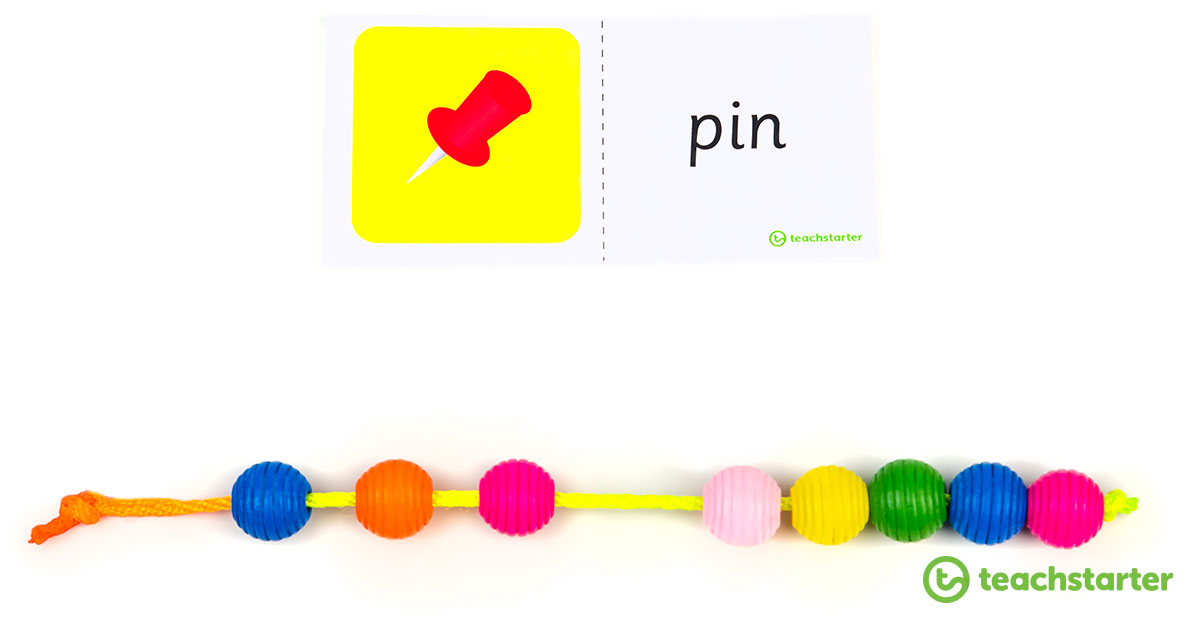
Tap it Out – Phonics Lights
Kids love switching things on and off. So, why not incorporate it into your phonics instruction? You can buy these LED lights rather inexpensively at discount stores.
During a small group activity, provide the children with some simple CVC flashcards, the students have to tap out the different phonemes in each of the words.
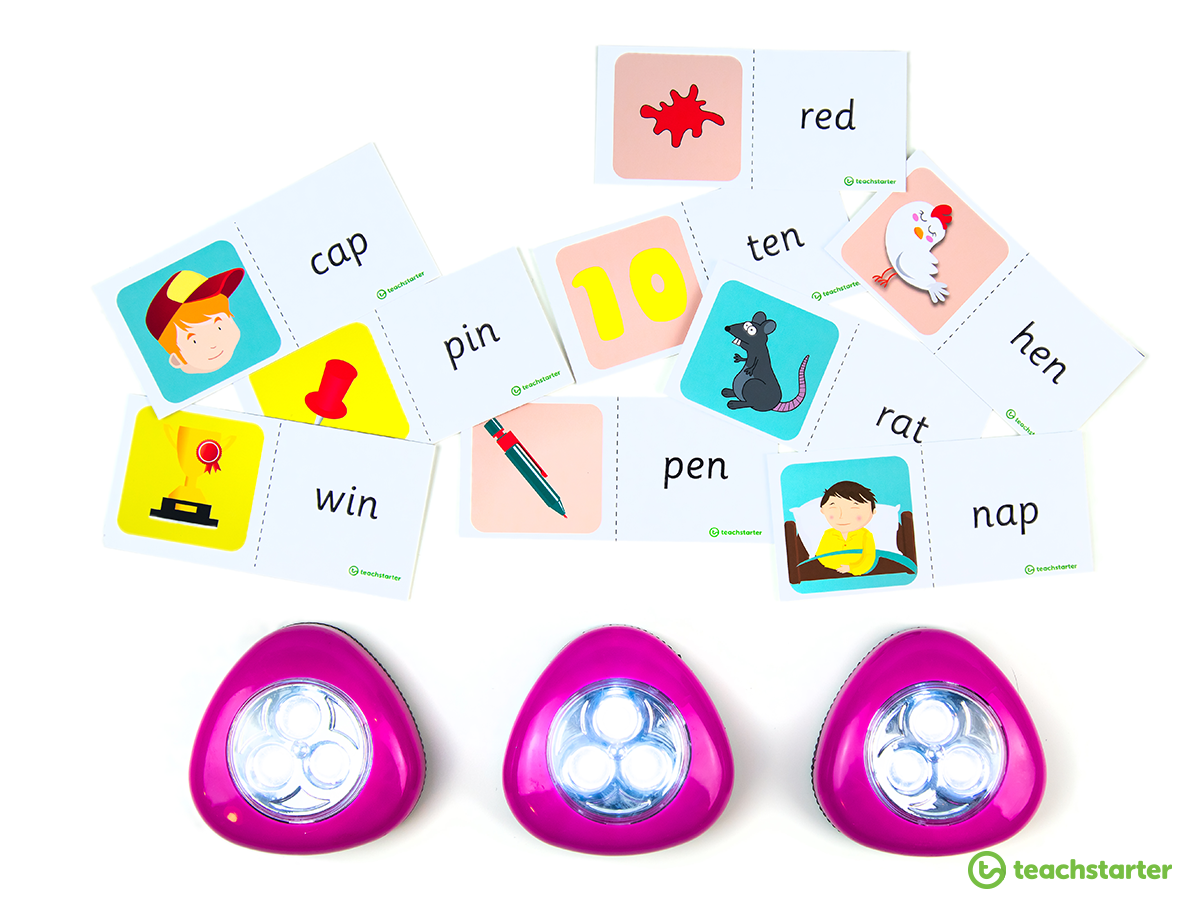
Here are some of our CVC flashcards that will work for this activity:
[resource:1771778][resource:18122][resource:17265][resource:1773358]
To extend your students, get them to write the word after they have segmented it into its phonemes.
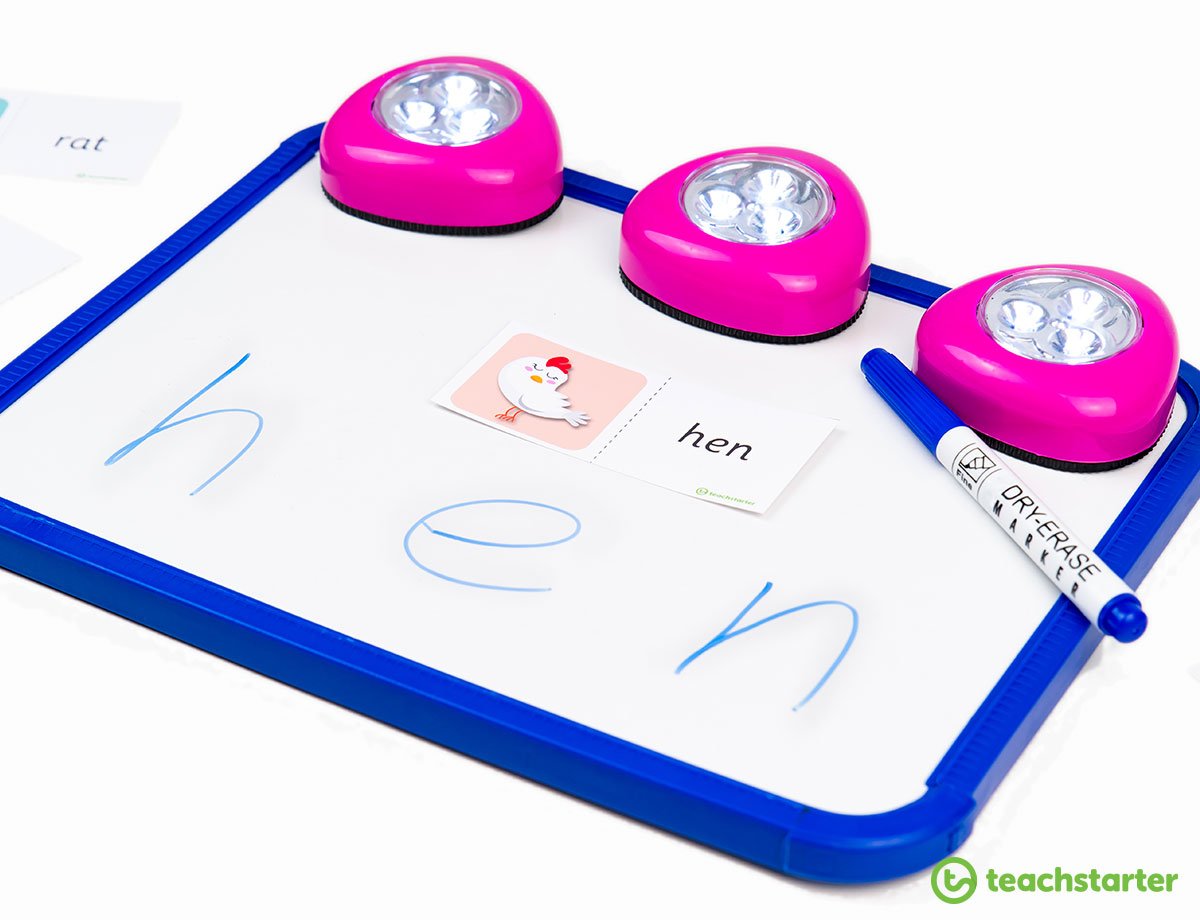
Phonics Station in your English Rotation
By including a phonics station in your English rotations, you can include hands-on phonics activities suitable to the varying ability groups in your class.
This will support your phonics program by adding extra revision and consolidation of graphemes.
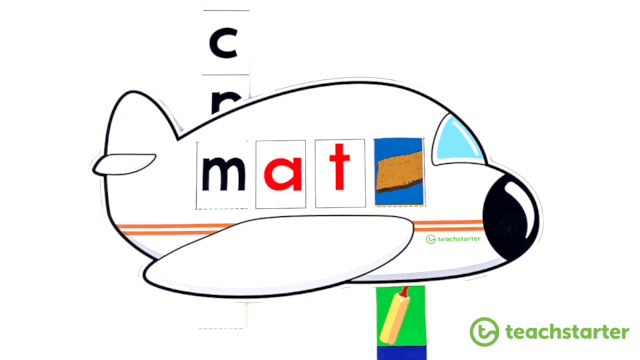
We have a variety of fun, hands-on activities that can be incorporated into your phonics station:
[resource:1783942][resource:1776618][resource:1776618][resource:1664398][resource:104576][resource:103097][resource:27932][resource:27324][resource:27009][resource:23443][resource:23375][resource:1712094]
Articulate the Sounds (Phonemes) Clearly
When you are explicitly teaching different phonemes, make sure you are pronouncing them clearly and accurately. The correct pronunciation of single phonemes is the ultimate key to phonics instruction and the blending of words. Sometimes when we are pronouncing a single phoneme, we have a tendency to over-emphasise the sound incorrectly or add ‘uh’ to the ends.
For example, the sound /s/ is ‘ssss’ not ‘suh’ or /p/ is not ‘puh’. Basically, try to make the smallest unit of sound for each sound.
Here are some examples of the correct articulation of phonemes.
Phonics Treasure Box
Given that you can spell the 44 phonemes in 120 different letter combinations, you will often have a student think of a word that has the correct phoneme however incorrect grapheme (letter combination). For example, you may be looking at the ‘oa’ grapheme as in boat and ask students for other words that have that contain that digraph, a student may suggest ‘snow’. Instead of saying “No, that is not correct”, tell them that yes, the word snow does have the /oa/ sound (phoneme) but it has a different digraph.
Write the word ‘snow’ on a piece of card and put it in a ‘Phonics Treasure Box’ to use later when learning about the /ow/ diagraph!
This empowers your students to feel like they are on the right track with the phoneme and encourages them to keep on trying.
Introduce a Phonics Puppet
I know it sounds silly, but allocating a puppet as the phonics puppet is a surprisingly beneficial tool to include in any phonics program. The puppet becomes something that the students associate with learning about phonics. The puppet says the phonemes and learns along with the kids!
This is Ollie the Owl who loves words that have start with ‘O’.
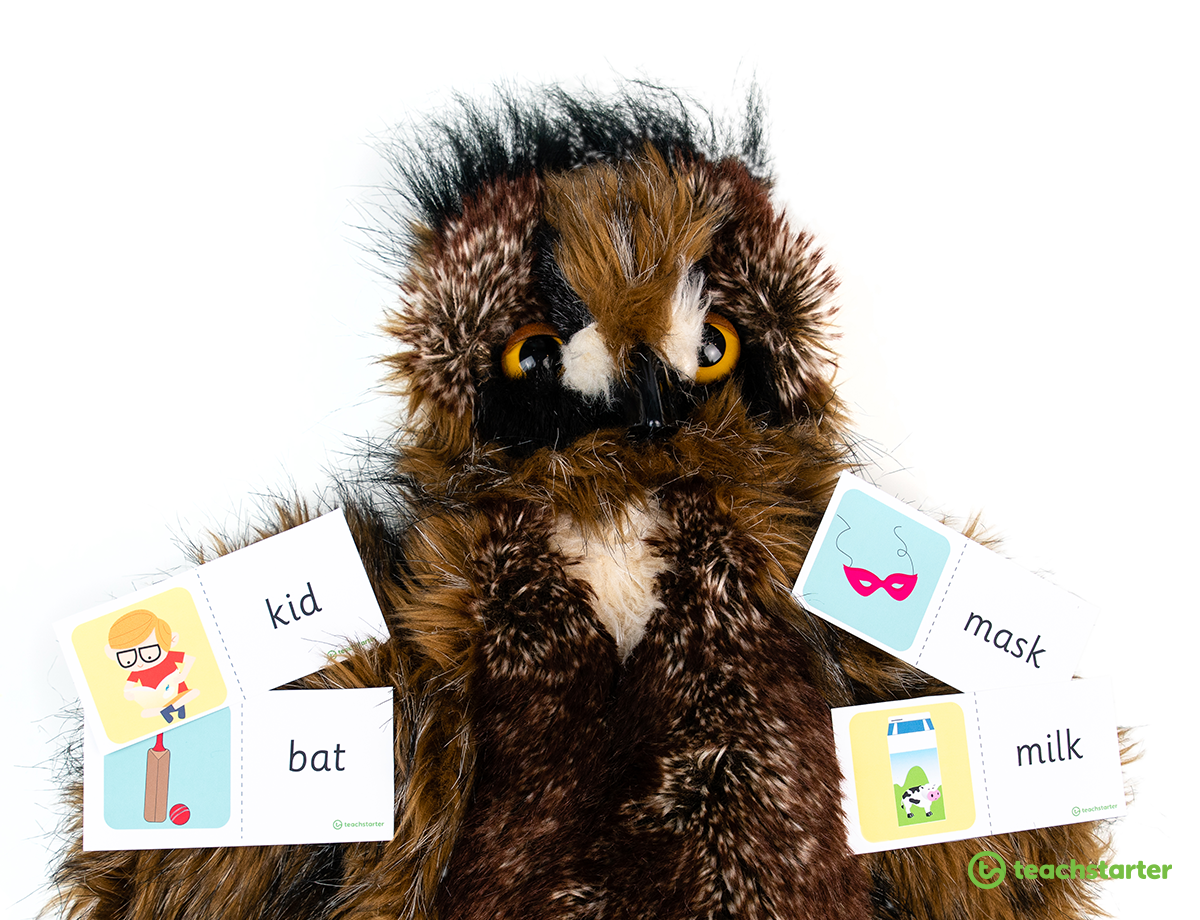
Phonics Anchor Charts
Along with other displays, creating anchor charts to help your students keep track of the multiple layers of phonics is another fantastic teaching tool to include in your phonics program. There is something about students watching you create this fantastic and creative anchor chart and displaying it in the classroom. Anchor charts engage and hook students at the beginning of a lesson.
The gorgeous anchor charts below are a mixture of interactive and fun! These are a great way to start your lesson when learning about these different graphemes.

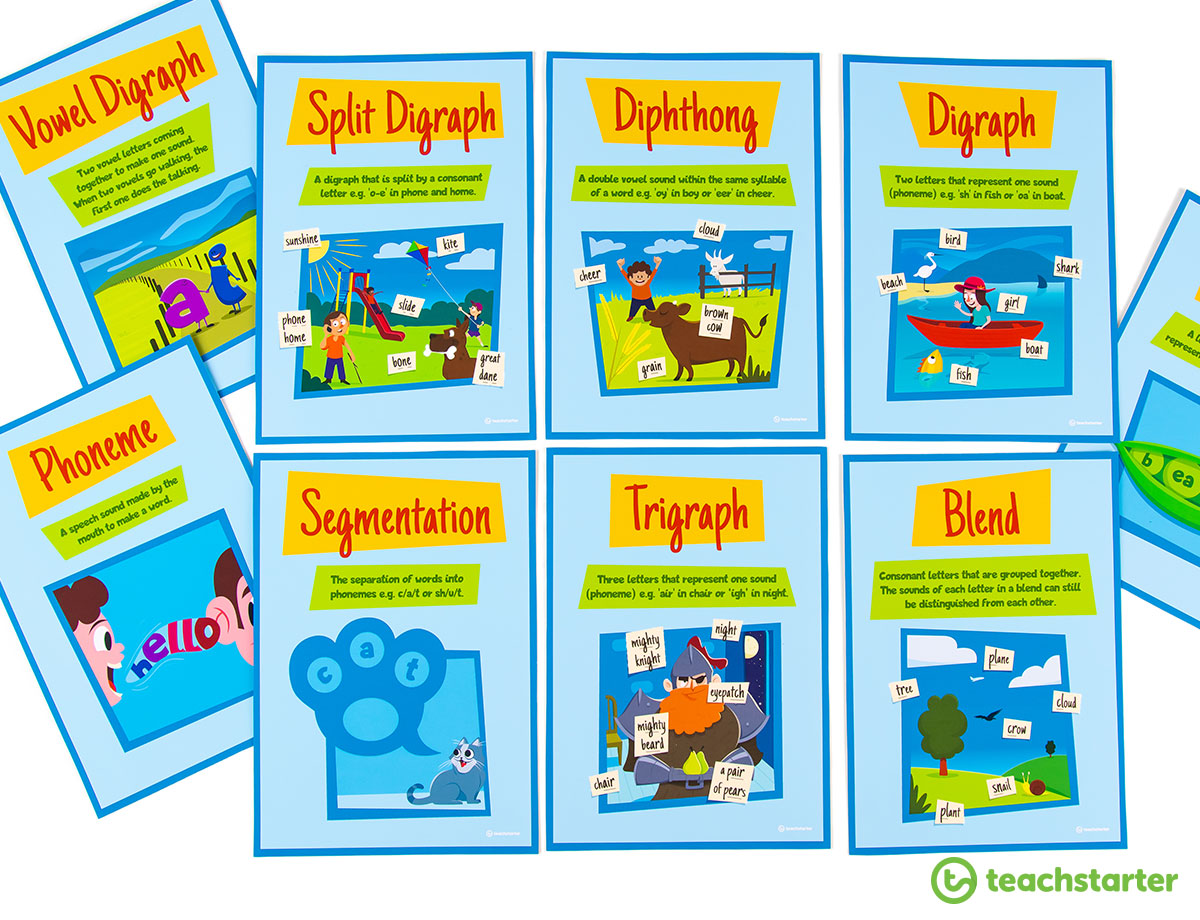
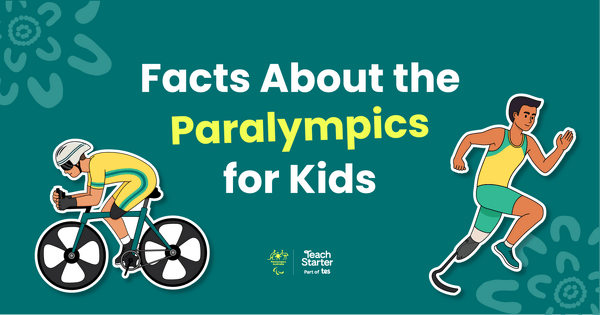

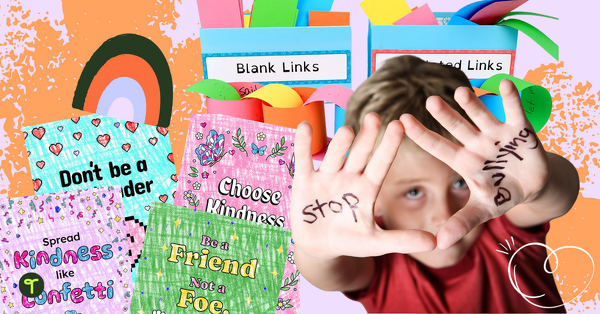
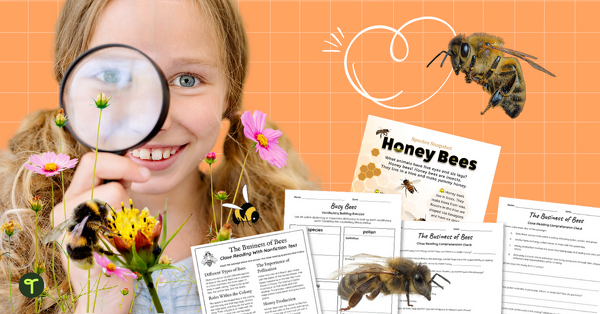
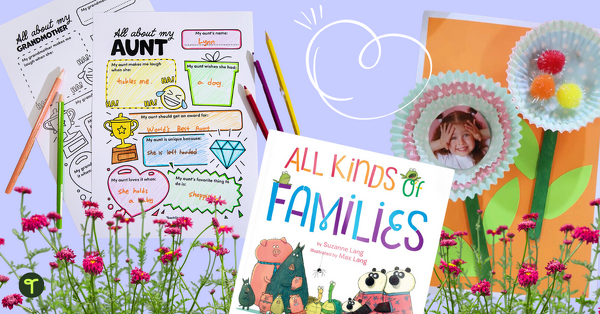
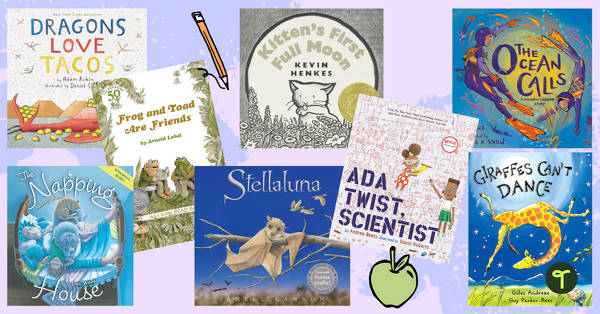
Amazing resources! I am sure my children will love these activities.
Thanks for your lovely comment Bernice!